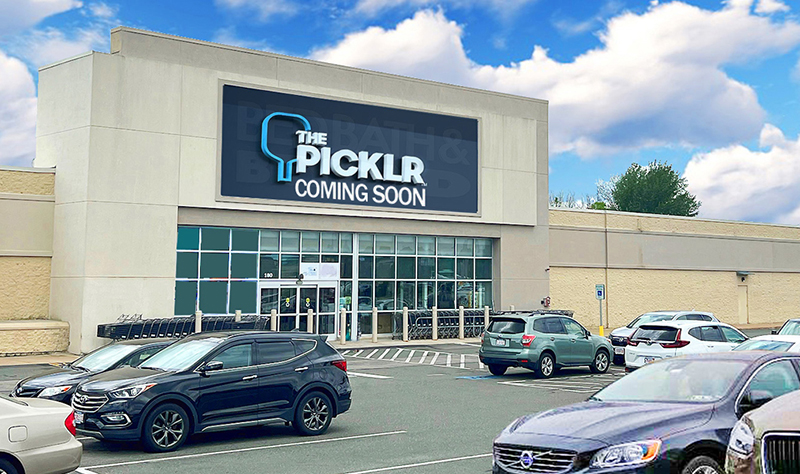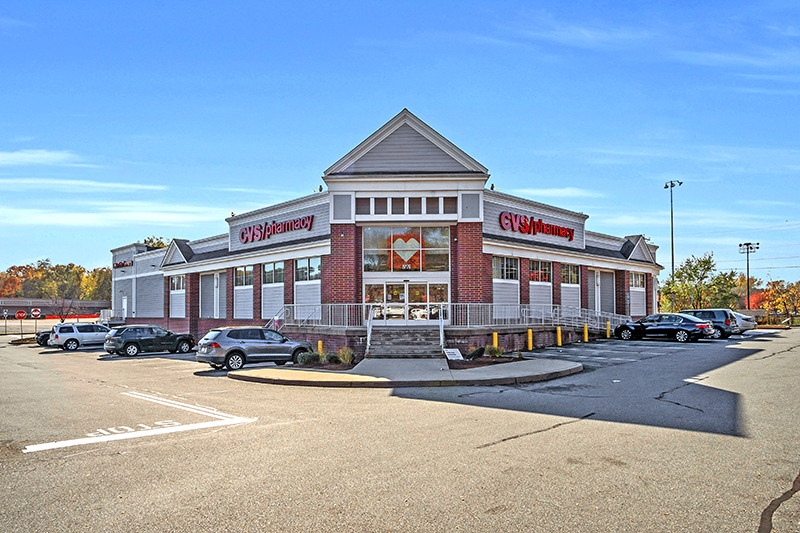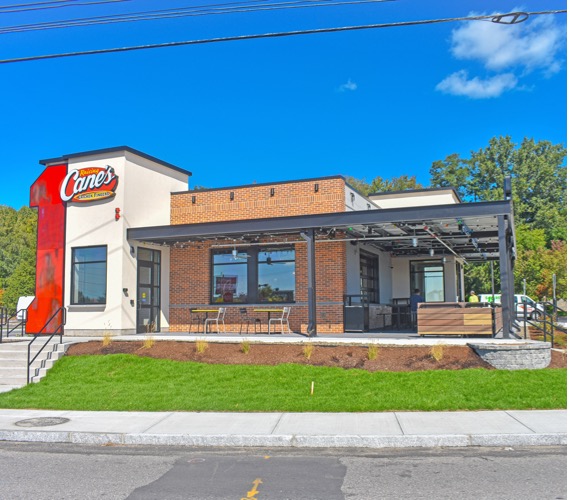News: Retail
Posted: January 23, 2008
Mass. new access permit regulations to streamline process: Focal points and variable requirements
"We're from the government and we are here to help you." This has become a comic phrase in our society, but within the new regulations to the Mass. Highway Department's access permit procedures, it may actually be true.
Art Scarneo is senior vice president of Greenman-Pedersen, Inc. (GPI), and branch manager of the Nashua, N.H. office. His office has created numerous traffic studies, access applications, and road designs in Mass.
According to Scarneo, "One of the goals of the new regulations was to make the access application process more 'applicant friendly' by decreasing the department review time periods." The new regulations, which were effective in November, seem to have addressed that goal.
Another goal was to make the process more consistent with the Mass. Environmental Policy Act (MEPA) process. In the past, the two codes had conflicting directives on what constituted a development project with significant traffic impacts. "Now the milestone items in the two codes are consistent," said Scarneo.
The access regulations were last revised in 1991 with certain time frames included for both review and amendment. For sixteen years, the revisions and most of the review times were ignored. While cost and degree of difficulty are certainly major concerns to access applicants, the "black hole" of review time is of greater concern.
The new regulations now include a 10-day period to deem an application complete and a 20 to25 day technical response period in each of the design submission stages. "Time will tell whether application load and staffing will permit the department to keep to these time frames. If they do, the onus will be on the applicant to quickly respond to review comments and to submit successive stages," Scarneo said.
GPI was fully involved in the public review participation portion of the regulations. "We responded to the department's requests for written comments and attended the public conference sessions." This provided GPI an opportunity to be fully aware of the criteria in the new regulations when they became effective.
The new regulations have other focal points to standardize and streamline the access application review process. They include:
* Two types of permits for vehicular and non-vehicular access.
* Three distinct categories for vehicular access. (minor, major, complex).
*A design exception report requirement.
The last of these is a new concept for private development mitigation on state highways. Under the previous regulations, private projects were only required to meet department criteria to the greatest extent practicable. Now, if a private mitigation project does not completely meet the minimum design standards of the department, a design exception report may be required. This report must detail, at length, the reasons why the proposed design does not meet the criteria and why approval of that design will not affect the health, safety, or welfare of the public. An analogy would be a zoning code variance request. Certain projects may be exempt from this requirement if they are limited in scope.
A major change in the new access regulations is the definition of substantial increase or impact on traffic. If a private development abuts a state highway and proposes changes to that development, then an access permit need only be filed if one of these thresholds are exceeded:
* Generation of 2,000, or more, new trips
* Generation of 1,000, or more, new trips and 150, or more, new parking spaces
* Construction of 300, or more, new parking spaces
* Creation of a change in the type, pattern, or timing of traffic.
This last item is open to the interpretation of the Department.
While the major design criteria for the access permit regulations have not changed, these cataloging and processing changes may indeed prove to be the government actually assisting the applicants.
For more detailed information on the new access permit regulations, or to discuss a specific project situation, Scarneo can be reached at Greenman-Pedersen, Inc., in Nashua at (603) 891-2213 or by e-mail at AScarneo@gpinet.com.
Bill Beardslee, SE, PLS, PP is director of engineering at Beardslee Engineering, Sparta, N.J.
Tags:
Retail
MORE FROM Retail
Mace of KeyPoint Partners negotiates 36,192 s/f lease for The Picklr at Endicott Square
Danvers, MA KeyPoint Partners (KPP) negotiated a lease with the nation’s premier indoor pickleball venue The Picklr at Endicott Sq. Vice president of retail brokerage Don Mace negotiated the transaction on behalf of the landlord.

Quick Hits




.jpg)


